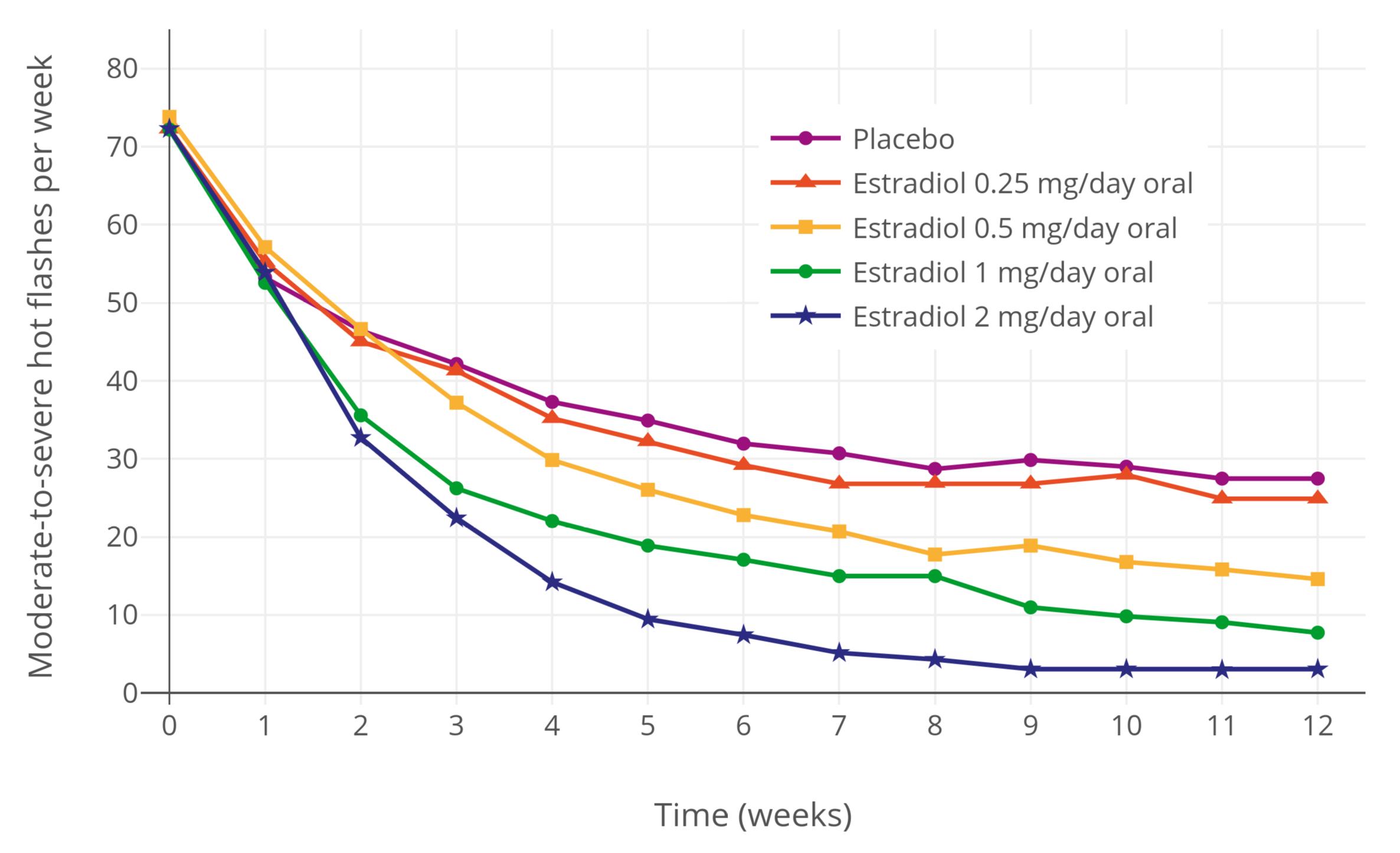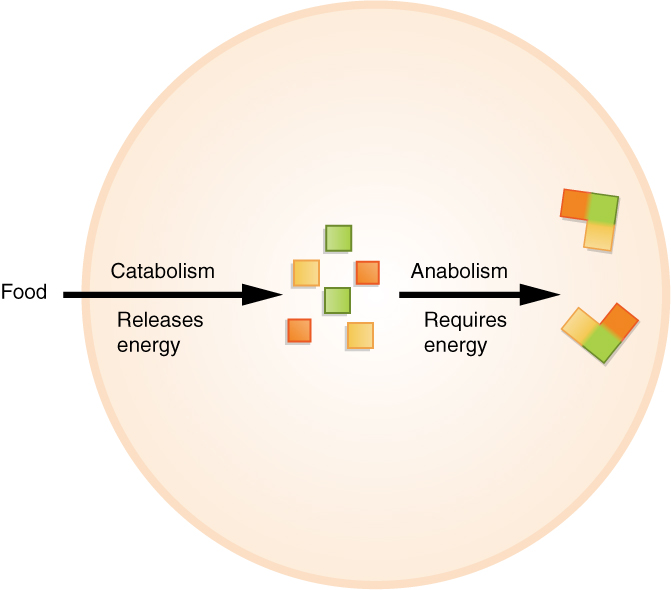|
Ethisterone
Ethisterone, also known as ethinyltestosterone, pregneninolone, and anhydrohydroxyprogesterone and formerly sold under the brand names Proluton C and Pranone among others, is a progestin medication which was used in the treatment of gynecological disorders but is now no longer available. It was used alone and was not formulated in combination with an estrogen (medication), estrogen. The medication is taken oral administration, by mouth. Side effects of ethisterone include virilization, masculinization among others. Ethisterone is a progestin, or a synthetic compound, synthetic progestogen (medication), progestogen, and hence is an agonist of the progesterone receptor, the biological target of progestogens like progesterone. It has some androgenic and anabolic activity and no other important hormonal agent, hormonal activity. Ethisterone was discovered in 1938 and was introduced for medical use in Germany in 1939 and in the United States in 1945. It was the second progestogen ( ... [...More Info...] [...Related Items...] OR: [Wikipedia] [Google] [Baidu] |
Norethisterone
Norethisterone, also known as norethindrone and sold under the brand name Norlutin among others, is a progestin medication used in birth control pills, menopausal hormone therapy, and for the treatment of gynecological disorders. The medication is available in both low-dose and high-dose formulations and both alone and in combination with an estrogen (medication), estrogen. It is used oral administration, by mouth or, as norethisterone enanthate, by intramuscular injection, injection into muscle. Side effects of norethisterone include menstrual irregularities, headaches, nausea, breast tenderness, mood (psychology), mood changes, acne, hirsutism, increased hair growth. Norethisterone is a progestin, or a synthetic compound, synthetic progestogen (medication), progestogen, and hence is an agonist of the progesterone receptor, the biological target of progestogens like progesterone. It has weak androgenic and estrogen (medication), estrogenic activity, mostly at high dosages, an ... [...More Info...] [...Related Items...] OR: [Wikipedia] [Google] [Baidu] |
Progestin
A progestogen, also referred to as a progestagen, gestagen, or gestogen, is a type of medication which produces effects similar to those of the natural female sex hormone progesterone in the body. A progestin is a '' synthetic'' progestogen. Progestogens are used most commonly in hormonal birth control and menopausal hormone therapy. They can also be used in the treatment of gynecological conditions, to support fertility and pregnancy, to lower sex hormone levels for various purposes, and for other indications. Progestogens are used alone or in combination with estrogens. They are available in a wide variety of formulations and for use by many different routes of administration. Examples of progestogens include natural or bioidentical progesterone as well as progestins such as medroxyprogesterone acetate and norethisterone. Side effects of progestogens include menstrual irregularities, headaches, nausea, breast tenderness, mood changes, acne, increased hair ... [...More Info...] [...Related Items...] OR: [Wikipedia] [Google] [Baidu] |
5α-Dihydroethisterone
5α-Dihydroethisterone (5α-DHET; developmental code name HE-3562) is an active metabolite of the formerly clinically used but now-discontinued progestin ethisterone and the experimental and never-marketed hormonal antineoplastic agent ethynylandrostanediol (HE-3235). Its formation from its parent drugs is catalyzed by 5α-reductase in tissues that express the enzyme in high amounts like the liver, skin, hair follicles, and prostate gland. 5α-DHET has significant affinity for steroid hormone receptors and may contribute importantly to the activities of its parent drugs. Pharmacology Pharmacodynamics The affinity of 5α-DHET for the androgen receptor (AR) is relatively high, in the range of 38 to 100% of that of dihydrotestosterone (DHT). A study found that, similarly to norethisterone and its 5α-reduced metabolite 5α-dihydronorethisterone, 5α-DHET showed increased affinity for the AR but decreased androgenic potency relative to ethisterone (Ki = 16.1 nM for 5α-DHE ... [...More Info...] [...Related Items...] OR: [Wikipedia] [Google] [Baidu] |
Estrogen (medication)
An estrogen (E) is a type of medication which is used most commonly in hormonal birth control and menopausal hormone therapy, and as part of feminizing hormone therapy for transgender women. They can also be used in the treatment of hormone-sensitive cancers like breast cancer and prostate cancer and for various other indications. Estrogens are used alone or in combination with progestogens. They are available in a wide variety of formulations and for use by many different routes of administration. Examples of estrogens include bioidentical estradiol, natural conjugated estrogens, synthetic steroidal estrogens like ethinylestradiol, and synthetic nonsteroidal estrogens like diethylstilbestrol. Estrogens are one of three types of sex hormone agonists, the others being androgens/anabolic steroids like testosterone and progestogens like progesterone. Side effects of estrogens include breast tenderness, breast enlargement, headache, nausea, and edema among ... [...More Info...] [...Related Items...] OR: [Wikipedia] [Google] [Baidu] |
Progesterone Receptor
The progesterone receptor (PR), also known as NR3C3 or nuclear receptor subfamily 3, group C, member 3, is a protein found inside cells. It is activated by the steroid hormone progesterone. In humans, PR is encoded by a single ''PGR'' gene residing on chromosome 11q22, it has two isoforms, PR-A and PR-B, that differ in their molecular weight. The PR-B is the positive regulator of the effects of progesterone, while PR-A serve to antagonize the effects of PR-B. Mechanism Progesterone is necessary to induce activation of the progesterone receptors. When no binding hormone is present the carboxyl terminal inhibits transcription. Binding to a hormone induces a structural change that removes the inhibitory action. Progesterone antagonists prevent the structural reconfiguration. After progesterone binds to the receptor, restructuring with dimerization follows and the complex enters the nucleus and binds to DNA. There transcription takes place, resulting in formation of messenge ... [...More Info...] [...Related Items...] OR: [Wikipedia] [Google] [Baidu] |
Premenstrual Syndrome
Premenstrual syndrome (PMS) is a disruptive set of emotional and physical symptoms that regularly occur in the one to two weeks before the start of each menstrual period. Symptoms resolve around the time menstrual bleeding begins. Symptoms vary, though commonly include one or more physical, emotional, or behavioral symptoms, that resolve with menses. The range of symptoms is wide, and most commonly are breast tenderness, bloating, headache, mood swings, depression, anxiety, anger, and irritability. To be diagnosed as PMS, rather than a normal discomfort of the menstrual cycle, these symptoms must interfere with daily living, during two menstrual cycles of prospective recording. PMS-related symptoms are often present for about six days. An individual's pattern of symptoms may change over time. PMS does not produce symptoms during pregnancy or following menopause. Diagnosis requires a consistent pattern of emotional and physical symptoms occurring after ovulation and befo ... [...More Info...] [...Related Items...] OR: [Wikipedia] [Google] [Baidu] |
Anabolic
Anabolism () is the set of metabolic pathways that construct macromolecules like DNA or RNA from smaller units. These reactions require energy, known also as an endergonic process. Anabolism is the building-up aspect of metabolism, whereas catabolism is the breaking-down aspect. Anabolism is usually synonymous with biosynthesis. Pathway Polymerization, an anabolic pathway used to build macromolecules such as nucleic acids, proteins, and polysaccharides, uses condensation reactions to join monomers. Macromolecules are created from smaller molecules using enzymes and cofactors. Energy source Anabolism is powered by catabolism, where large molecules are broken down into smaller parts and then used up in cellular respiration. Many anabolic processes are powered by the cleavage of adenosine triphosphate (ATP). Anabolism usually involves reduction and decreases entropy, making it unfavorable without energy input. The starting materials, called the precursor molecules, are joi ... [...More Info...] [...Related Items...] OR: [Wikipedia] [Google] [Baidu] |
Amenorrhea
Amenorrhea or amenorrhoea is the absence of a menstrual period in a female organism who has reached reproductive age. Physiological states of amenorrhoea are most commonly seen during pregnancy and lactation (breastfeeding). In humans, it is where a woman or girl who has reached reproductive age who is not on birth control does not menstruate. Amenorrhoea is a symptom with many potential causes. Primary amenorrhea is defined as an absence of secondary sexual characteristics by age 13 with no menarche or normal secondary sexual characteristics but no menarche by 15 years of age. It may be caused by developmental problems, such as the congenital absence of the uterus, failure of the ovary to receive or maintain egg cells, or delay in pubertal development. Secondary amenorrhoea, ceasing of menstrual cycles after menarche, is defined as the absence of menses for three months in a woman with previously normal menstruation, or six months for women with a history of oligomenorrhoea. I ... [...More Info...] [...Related Items...] OR: [Wikipedia] [Google] [Baidu] |
Irregular Menstruation
Irregular menstruation is a menstrual disorder whose manifestations include irregular cycle lengths as well as metrorrhagia ( vaginal bleeding between expected periods). The possible causes of irregular menstruation may vary. The common factors of it are related to lifestyle, such as stress, body weight, and smoking status. Several studies indicate that COVID-19 vaccine of any type may disrupt the menstrual cycle, although only momentarily. This side effect should resolve on its own in the following month. Irregular cycles or periods Irregular cycles or irregular periods is an abnormal variation in length of menstrual cycles. An individual usually experiences cycle length variations of up to eight days between the shortest and longest cycle lengths. Lengths ranging between eight and 20 days are considered moderately irregular. Variation of 21 days or more is considered very irregular. Alternatively, a single menstruation cycle may be defined as irregular if it is less than 24 ... [...More Info...] [...Related Items...] OR: [Wikipedia] [Google] [Baidu] |

